Recent Articles
Popular Makes
Body Types
Throwback Thursdays: Cool Cars From The '60s
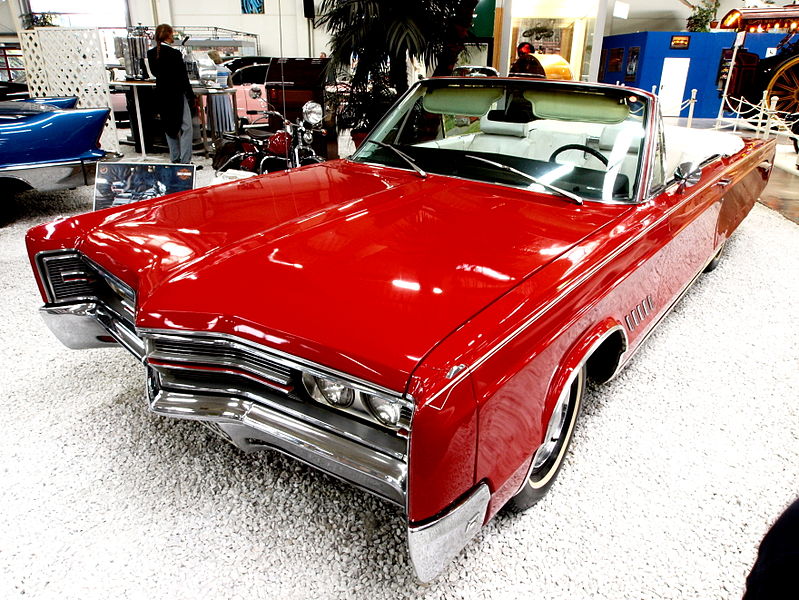
The 1960s were an amazing time in the history of the automobile. Indeed, one can recall more cool cars from the 1960s than perhaps any other period. The decade saw the beginning of the pony car genre and the resulting horsepower wars. It was also a time during which some of the most acclaimed stylists in automotive history were at their peaks. Without question, a golden age in the history of the automobile, here’s Part I of our list of cool cars from the 60s.
1966 Alfa Romeo Spider Duetto
One of the loveliest designs ever to emerge from Pininfarina’s styling studios, the gracefully proportioned Alfa Romeo Spider Duetto was an instant sensation when it was first shown at the 1966 Geneva Motor Show. One of the first cars offered with crumple zones front and rear, the Alfa Romeo sports car became a legend right off the bat. The 109-horsepower, 1570-cc engine featured twin Weber side draft carburetors and dual overhead camshafts. The roadster also boasted disc brakes and a five-speed manual transmission.
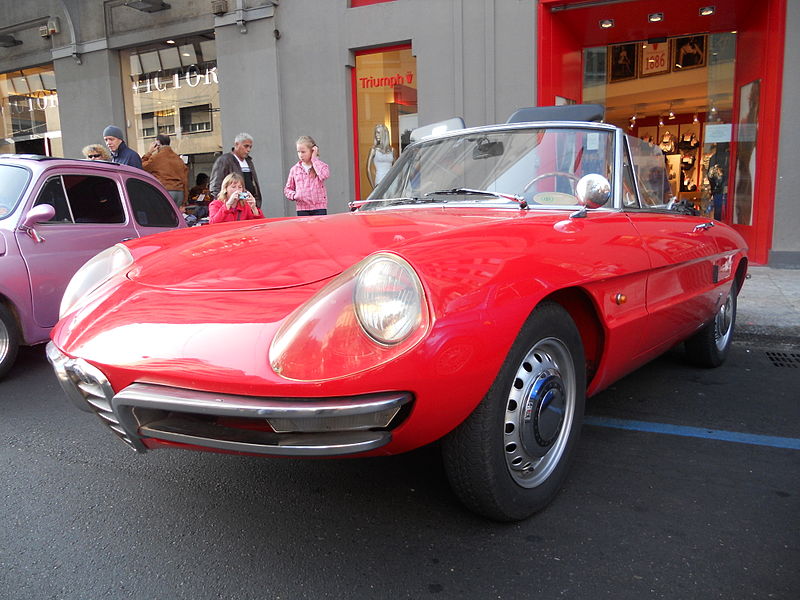
Photo by Pava
1968 BMW 2002
Perhaps the most famous BMW model, the BMW 2002 made the company’s bones as a builder of compact sporting sedans and paved the way for the contemporary BMW 3 and 4 Series cars. To this day, whenever BMW offers a new small two-door coupe it resurrects the memory of the 2002 in an effort to lend the model instant credence. While the car upon which the 2002 series was based was introduced in 1962, it wasn’t until 1966 that BMW applied the formula to a two-door coupe with the ultimate result being the exceptionally successful 2002.
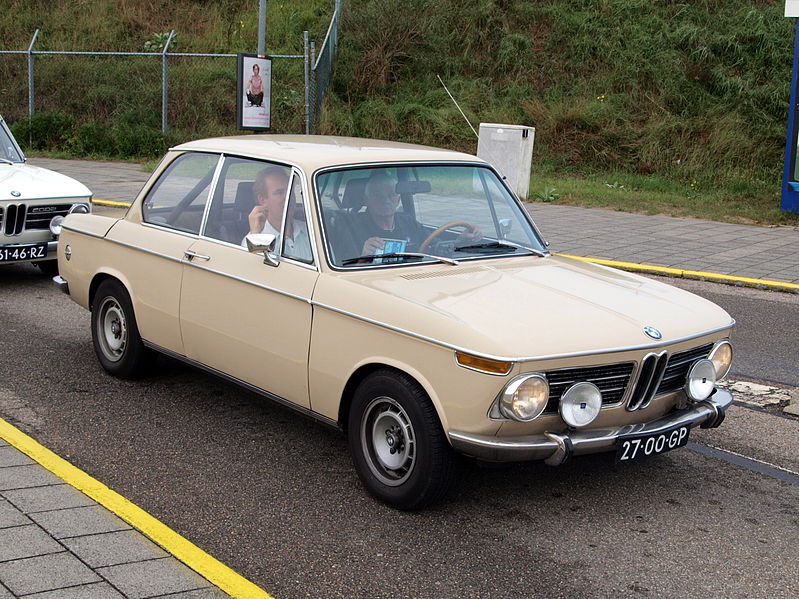
1967 Chevrolet Camaro Z/28
GM’s first pony car debuted in September of 1966. When asked what a Camaro was, Chevy’s product managers told the press a Camaro was a small vicious animal that eats Mustangs. Arguably, the first standout model in the Camaro lineup, the 1967 Z/28 was offered to qualify the Camaro for the sports car Club of America’s TransAm racing series. Engine displacement for the series was limited to 305 cubic inches, so Chevy de-stroked a 327 to get there. Quoted horsepower was 290, but most agree it was closer to 360.
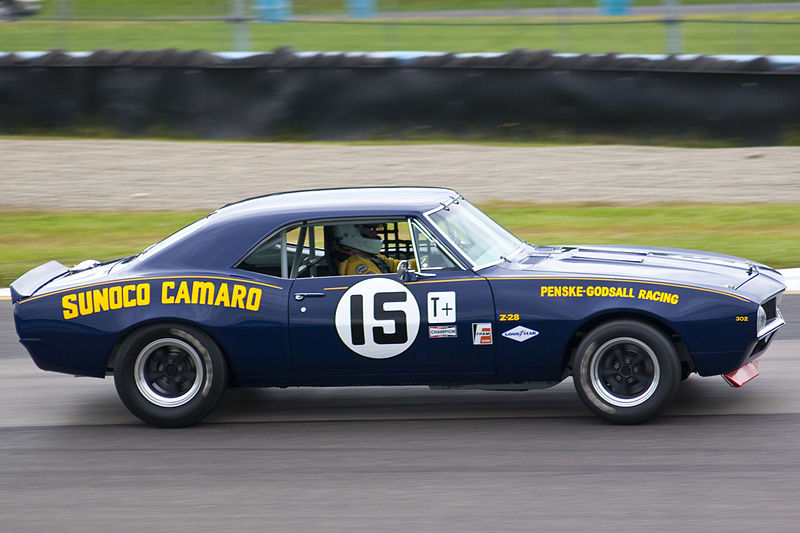
Photo by Nathan Bittinger
1963 Chevrolet Corvette Sting Ray Coupe
As if being the first production Corvette coupe ever offered wasn’t enough, the split rear window ensured its instant icon status. This also marked the first time hide-away headlights were applied to the Corvette—a feature every succeeding model used until 2005. The top powertrain offering was comprised of a 360-horsepower, fuel-injected V8 paired with a four-speed manual transmission with close ratio gearing by Borg-Warner.
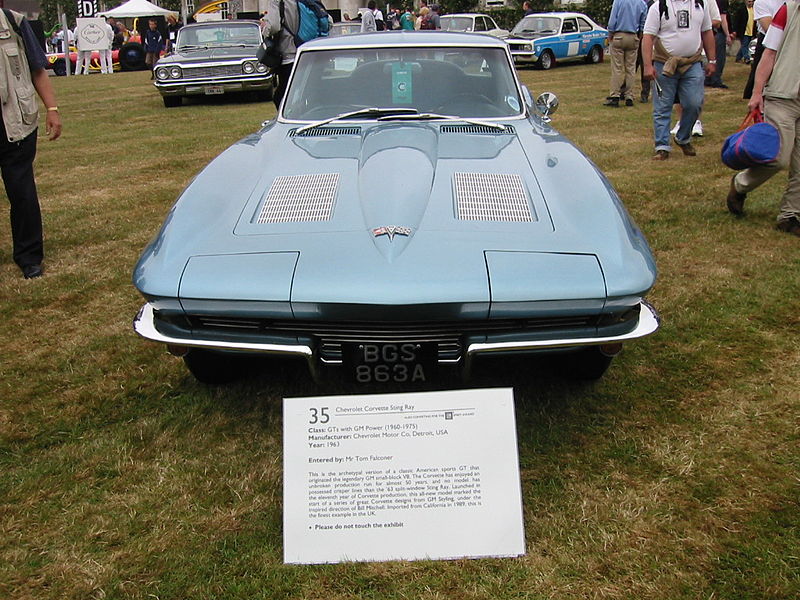
Photo by edvcc
1960 Chrysler 300F Convertible
The sixth iteration of Chrysler’s ‘Letter Series” high performance luxury cars, the 1960 300F was perhaps the most dynamic example of the breed. The first of the 300 models to use unibody construction, it was both lighter and more rigid than its predecessors. The car also featured four-place seating with a full-length center console, which contained the switches for the power windows. What’s more, the front seats swiveled outwards when the doors were opened to ease ingress and egress. The two 413-cubic inch engine offerings produced 375 horsepower and 400 horsepower. A four-speed manual transmission was offered with the 400-horsepower engine as an option.
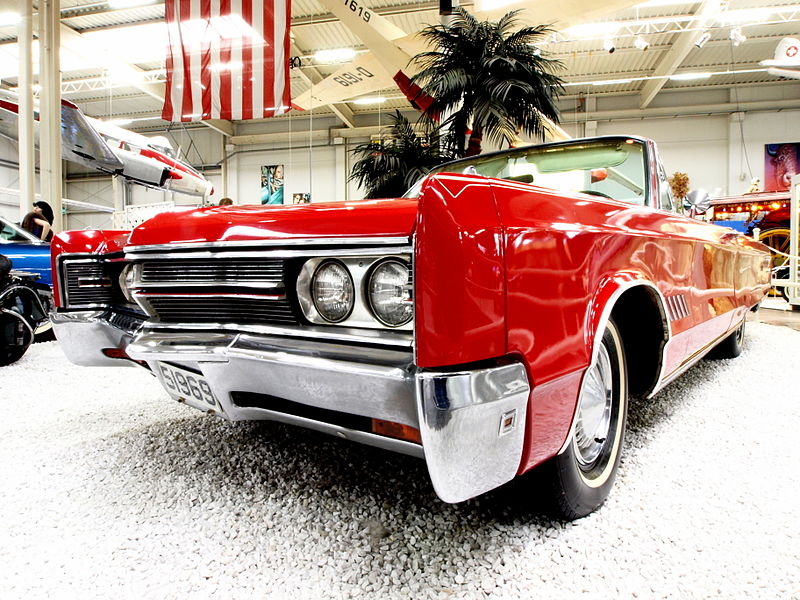
1969 Dodge Charger Daytona
The first car to break the 200 mph mark in NASCAR history, the 1969 Dodge Charger Daytona, was sold to the general public, albeit in slightly watered down form. Because it was produced for only one year, its successor—the 1970 Plymouth Superbird—enjoys more notoriety. However, the fact of the matter is the Superbird is just a Charger Daytona in Plymouth livery. A total of 503 copies were built for public consumption, as Dodge had to sell at least 500 copies for it to qualify as a “stock” car for NASCAR homologation. The cars were so fast NASCAR eventually banned them from competition.

Photo by Brian Snelson
1964 ½ Ford Mustang
Mustang debuted on April 17, 1964 at the New York World’s Fair—a full five months before the then-traditional start of the new car season. Offered in both coupe and convertible bodies, four engines were available, the most powerful being a 271-horsepower V8 with 312 ft-lbs of torque. Ford expected to sell somewhere around 100,000 cars the first year; turned out it was closer to 320,000. Within 18 months, Ford had built 1,000,000 Mustangs.
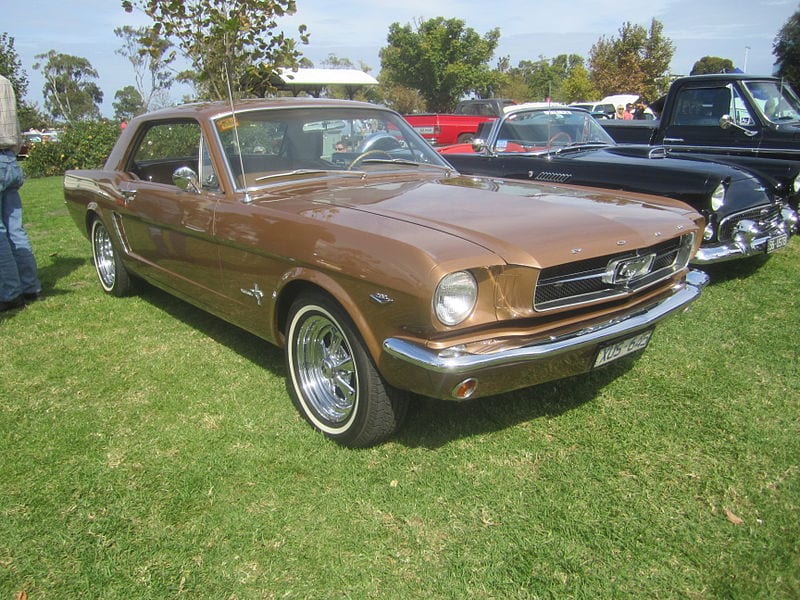
Photo by Sicnag
1966 Ford Thunderbird Convertible
Though Thunderbird was introduced in 1955, to our eye, the coolest one ever was the sleek 1966 Convertible version of the car offered some 11 years later. The car’s low-slung styling was nicely complemented by the sequential rear turn signals incorporated into the full-width rear lighting scheme. Keep in mind, Thunderbird was never marketed as a sporty car, instead Thunderbird was one of the first personal luxury cars. As such, the elegance of the ’66 T-bird nicely encapsulates the model.
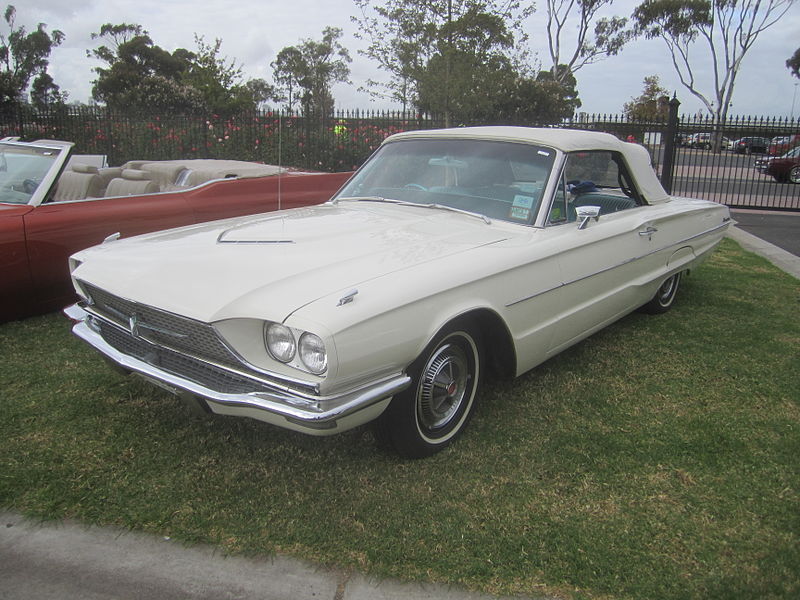
Photo by Sicnag
1961 Jaguar E-Type
Proclaimed the most beautiful car ever made by Enzo Ferrari himself, the New York City Museum Of Modern Art features a blue Jaguar E-Type roadster as one of only six automobiles in its permanent design collection. Production ran for 14 years, from 1961 to 1975. At introduction, the E-Type Jaguar (also known as the Jaguar XK-E), was powered by a 268-horsepower 3.8-liter inline six-cylinder engine with three SU carburetors. This gave the car a top speed of 150 miles per hour.
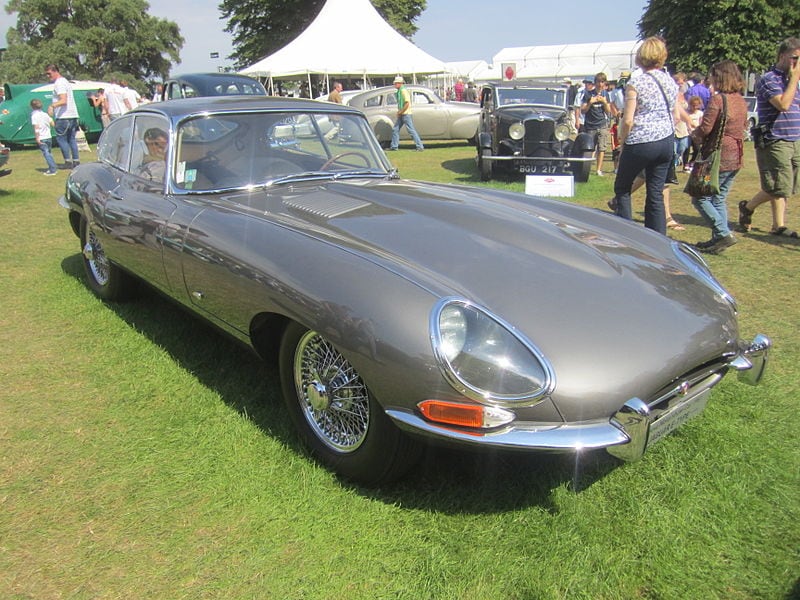
Photo by Sicnag
1967 Lamborghini Miura
Historians agree the car that really put Lamborghini on the map was the 1967 Lamborghini Miura, the world’s first mid-engine exotic sports car. It was also the first Lamborghini to feature the fighting bull logo. First shown at the 1966 Geneva Auto Show, Miura was designed by a team of Lamborghini engineers working on their own time. Power came from a 350-horsepower, 3.9-liter V12. A grand total of 764 Miura were built—by hand—between 1966 and 1973.
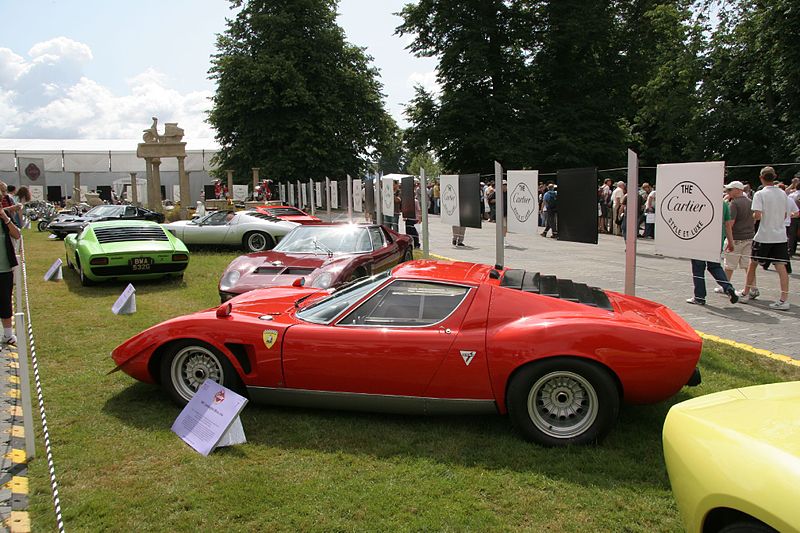
Photo by Brian Snelson